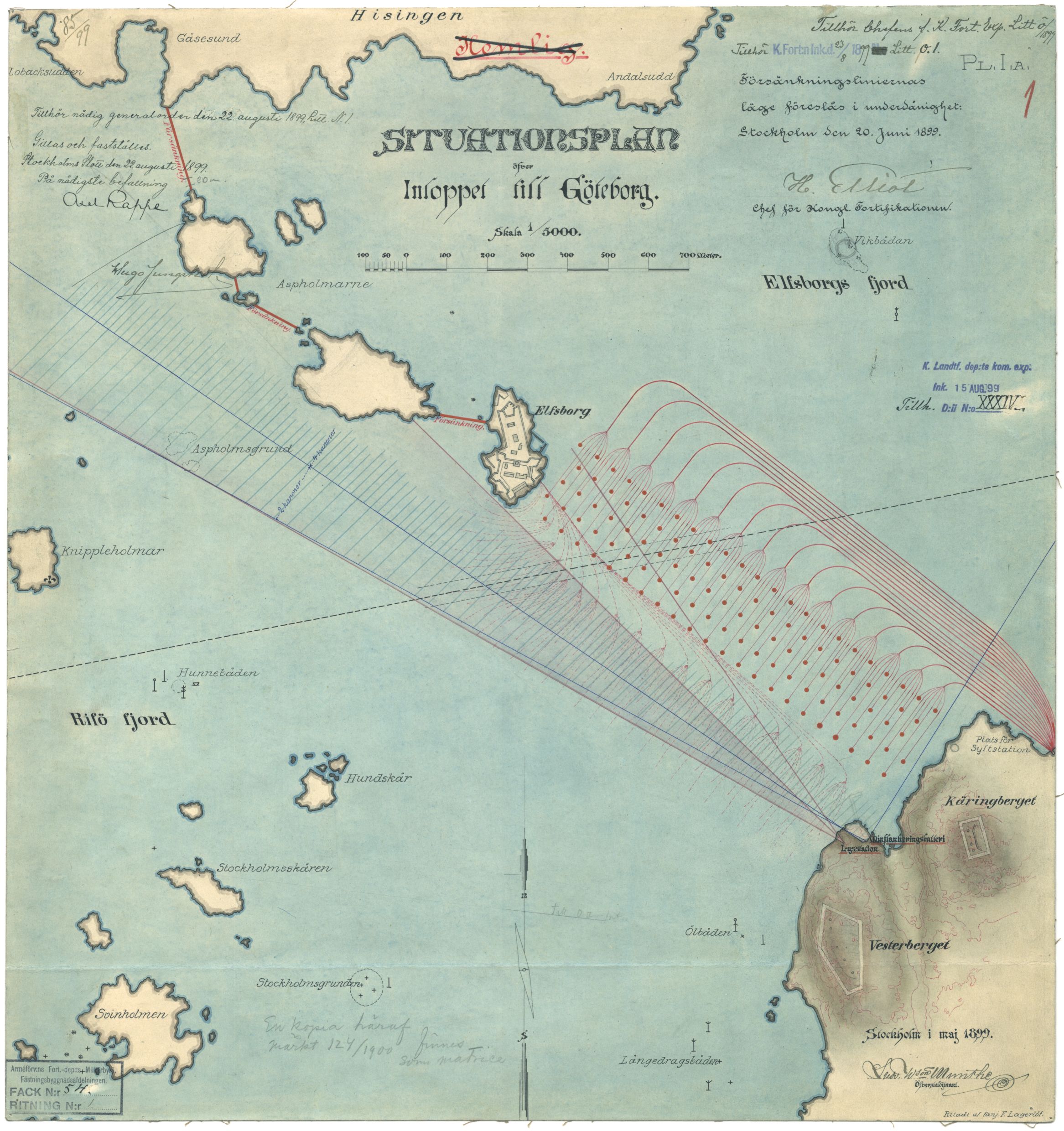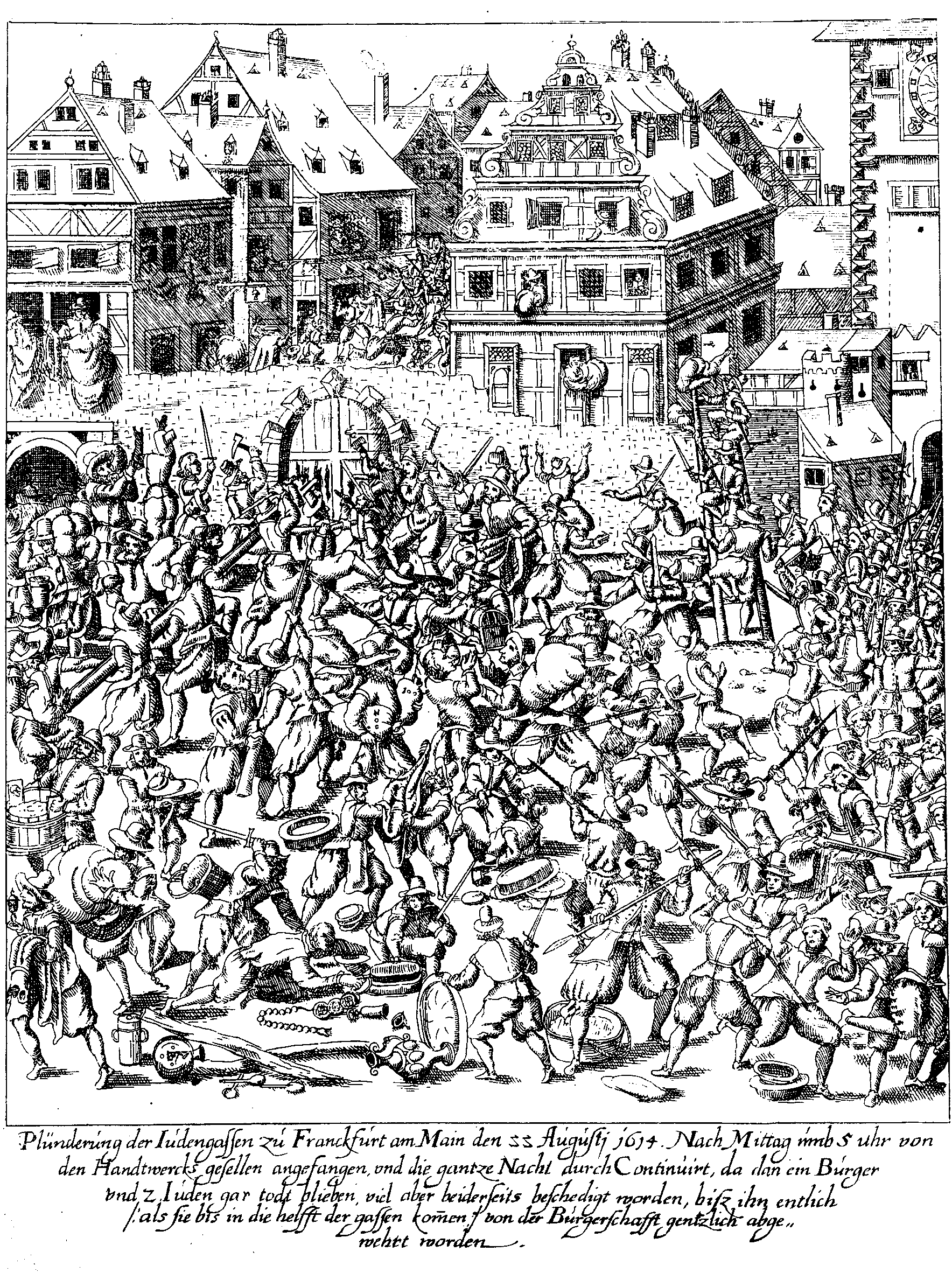|
Siege Of Älvsborg (1563)
The siege of Älvsborg (), also known as the siege of Elfsborg (), was a siege of the Swedish fortress of Älvsborg Fortress, Älfsborg by the Danish army under King Frederick II of Denmark, Frederick II at the start of the Northern Seven Years' War. The siege ended in a quick Danish victory, and the Swedish commander would surrender the fort before any direct assault would be initiated. Background In August 1563, the Northern Seven Years' War began. Frederick II of Denmark was stationed in Scania with 28,000 men and began marching up to Älvsborg Fortress, supported by 27 large warships which left Copenhagen on 5 August with a further 4,600 men. Älvsborg Fortress was one of Sweden's most important fortifications, and from here you could control shipping from places further Inland navigation, inland, like Lödöse. Therefore, it was of strategic importance to control the fortress, and if Frederick were to take the castle it would be a big blow to Sweden. On 22 August, the D ... [...More Info...] [...Related Items...] OR: [Wikipedia] [Google] [Baidu] |
Älvsborg Fortress
Älvsborg Fortress (), with its main facility Oscar II's Fort () built 1899–1907, is a now-defunct Swedish fortification located at the mouth of the Göta River in the Älvsborg district of Gothenburg, Sweden. History Construction of the fortress began in 1899 and was completed in modern condition in 1907. In 1904 the name Älvsborg Fortress was given to the new coastal fortress at the mouth of the Göta River, whose strongest fortification, Oscar II's Fort, started construction in 1899 on Västerberget. The fortress, whose task, like previous fortresses, was to secure both Gothenburg and the Port of Gothenburg and the Swedish Navy's rallying point there against attacks from the sea, was in 1907 equipped with new modern artillery guns. The main body of the fortress consisted of two 24 cm guns model of 1904 mounted on disappearing carriages and some 15 cm gun turrets and other light guns. The fort, which is immersed in the basement, encompasses space for 300 people and consi ... [...More Info...] [...Related Items...] OR: [Wikipedia] [Google] [Baidu] |
Looting
Looting is the act of stealing, or the taking of goods by force, typically in the midst of a military, political, or other social crisis, such as war, natural disasters (where law and civil enforcement are temporarily ineffective), or rioting. The proceeds of all these activities can be described as booty, loot, plunder, spoils, or pillage. Looting by a victorious army during war has been a common practice throughout recorded history. In the wake of the Napoleonic Wars and particularly after World War II, norms against wartime plunder became widely accepted. In modern armed conflicts, looting is prohibited by international law, and constitutes a war crime.Rule 52. Pillage is prohibited. ''Customary IHL Database'', International Committee of the Red Cross (ICRC)/Cambridge University Press. |
Conflicts In 1563
Conflict may refer to: Social sciences * Conflict (process), the general pattern of groups dealing with disparate ideas * Conflict continuum from cooperation (low intensity), to contest, to higher intensity (violence and war) * Conflict of interest, involvement in multiple interests which could possibly corrupt the motivation or decision-making * Cultural conflict, a type of conflict that occurs when different cultural values and beliefs clash * Ethnic conflict, a conflict between two or more contending ethnic groups * Group conflict, conflict between groups * Intragroup conflict, conflict within groups * Organizational conflict, discord caused by opposition of needs, values, and interests between people working together * Role conflict, incompatible demands placed upon a person such that compliance with both would be difficult * Social conflict, the struggle for agency or power in something * Work–family conflict, incompatible demands between the work and family roles of ... [...More Info...] [...Related Items...] OR: [Wikipedia] [Google] [Baidu] |
History Of Gothenburg
The history of Gothenburg () begins with the foundation of the city in 1621, although by that time people had already been living in the area for thousands of years, since the Neolithic Period, and moreover there had already been a series of earlier settlements on the lower Göta Älv, including one which also bore the name Gothenburg. The Göta Älv has been of crucial importance throughout Swedish history as the country's only direct outlet to the North Sea, and thus to the wider world beyond the Baltic Sea. However, for many centuries the borders with Norwegian Bohuslän and Danish Halland ran right up to the river mouth, making Swedish settlements in the area extremely vulnerable to attack. The threat was significantly reduced by the conquests of both Bohuslän and Halland in the mid-seventeenth century, which gave Gothenburg the security to expand into Sweden's largest port and one of its main industrial centres. Prehistory The southwestern coast of the Scandinavian Peninsul ... [...More Info...] [...Related Items...] OR: [Wikipedia] [Google] [Baidu] |
Attacks On Castles In Sweden
Attack may refer to: Warfare and combat * Attack (fencing) * Charge (warfare) * Offensive (military) * Strike (attack) Books and publishing * ''The Attack'' (novel), a book * '' Attack No. 1'', comic and animation * Attack! Books, a publisher * ''Attack!'' (publication), a tabloid publication of the National Alliance from 1969 to 1978 * ''Der Angriff'', a.k.a. ''The Attack'', a newspaper franchise * In newspaper headlines, to save space, sometimes " criticise" Films and television * '' Attack! The Battle of New Britain'', a 1944 American armed forces documentary film * ''Attack'' (1956 film), also known as ''Attack!'', a 1956 American war film * ''Attack'' (2016 film), a 2016 Telugu film * ''Attack'' (2022 film), a 2022 Hindi film * ''The Attack'' (1966 film), an Australian television play * ''The Attack'' (2012 film), a 2012 film directed by Ziad Doueiri * "The Attack" (''Australian Playhouse'') * "The Attack", a season 7 episode of ''Lego Ninjago: Masters of Spinj ... [...More Info...] [...Related Items...] OR: [Wikipedia] [Google] [Baidu] |
Battles Of The Northern Seven Years' War
A battle is an occurrence of combat in warfare between opposing military units of any number or size. A war usually consists of multiple battles. In general, a battle is a military engagement that is well defined in duration, area, and force commitment. An engagement with only limited commitment between the forces and without decisive results is sometimes called a skirmish. The word "battle" can also be used infrequently to refer to an entire operational campaign, although this usage greatly diverges from its conventional or customary meaning. Generally, the word "battle" is used for such campaigns if referring to a protracted combat encounter in which either one or both of the combatants had the same methods, resources, and strategic objectives throughout the encounter. Some prominent examples of this would be the Battle of the Atlantic, Battle of Britain, and the Battle of France, all in World War II. Wars and military campaigns are guided by military strategy, whereas battl ... [...More Info...] [...Related Items...] OR: [Wikipedia] [Google] [Baidu] |
Sieges Involving Denmark–Norway
A siege () . is a military blockade of a city, or fortress, with the intent of conquering by attrition, or by well-prepared assault. Siege warfare (also called siegecrafts or poliorcetics) is a form of constant, low-intensity conflict characterized by one party holding a strong, static, defensive position. Consequently, an opportunity for negotiation between combatants is common, as proximity and fluctuating advantage can encourage diplomacy. A siege occurs when an attacker encounters a city or fortress that cannot be easily taken by a quick assault, and which refuses to surrender. Sieges involve surrounding the target to block provision of supplies and reinforcement or escape of troops (a tactic known as "investment"). This is typically coupled with attempts to reduce the fortifications by means of siege engines, artillery bombardment, mining (also known as sapping), or the use of deception or treachery to bypass defenses. Failing a military outcome, sieges can often be deci ... [...More Info...] [...Related Items...] OR: [Wikipedia] [Google] [Baidu] |
Eric XIV Of Sweden
Erik XIV or Eric XIV (13 December 153326 February 1577) became King of Sweden following the death of his father, Gustav I, on 29 September 1560. During a 1568 rebellion against him, Erik was incarcerated by his half-brother John III. He was formally deposed by the Riksdag on 26 January 1569. Erik was also ruler of Estonia, after it placed itself under Swedish protection in 1561. While Erik has been regarded as intelligent and artistically skilled, as well as politically ambitious, early in his reign he showed signs of mental instability, a condition that eventually led to insanity. Some scholars claim that his illness began early during his reign, while others believe that it first manifested with the Sture murders. Erik, having been imprisoned and deposed, was most likely murdered. An examination of his remains in 1958 confirmed that he probably died of arsenic poisoning. Early years Erik XIV was born at Tre Kronor Castle, the morning of 13 December 1533. His mot ... [...More Info...] [...Related Items...] OR: [Wikipedia] [Google] [Baidu] |
Halland
Halland () is one of the traditional provinces of Sweden (''landskap''), on the western coast of Götaland, southern Sweden. It borders Västergötland, Småland, Skåne, Scania and the sea of Kattegat. Until 1645 and the Second Treaty of Brömsebro (1645), Second Treaty of Brömsebro, it was part of the Kingdom of Denmark. Its name means ''Land of Rocky Slabs'' (Swedish: ''hällar'') referring to the coastal cliffs of especially the northern part of the region. Administration The provinces of Sweden serve no administrative function. Instead, that function is served by the Counties of Sweden. However, the province of Halland is almost coextensive with the administrative Halland County, though parts of the province belong to Västra Götaland County and Skåne County, while the county also includes parts of Småland and Västergötland. As of 31 December 2023, Halland had a population of 351,508. Heraldry During the Danish era until 1658, the province had no coat of arms a ... [...More Info...] [...Related Items...] OR: [Wikipedia] [Google] [Baidu] |
Military Companies
A company is a military unit, typically consisting of 100–250 soldiers and usually commanded by a major or a captain. Most companies are made up of three to seven platoons, although the exact number may vary by country, unit type, and structure. Usually several companies are grouped as a battalion or regiment, the latter of which is sometimes formed by several battalions. Occasionally, ''independent'' or ''separate'' companies are organized for special purposes, such as the 1st Air Naval Gunfire Liaison Company or the 3rd Force Reconnaissance Company. These companies are not organic to a battalion or regiment, but rather report directly to a higher level organization such as a Marine Expeditionary Force headquarters (i.e., a corps-level command). Historical background The modern military company became popularized during the reorganization of the Swedish Army in 1631 under King Gustav II Adolph. For administrative purposes, the infantry was divided into companies consist ... [...More Info...] [...Related Items...] OR: [Wikipedia] [Google] [Baidu] |
Jørgen Rantzau
Jørgen Rantzau (1652–1713) was a Danish Major general who fought several campaigns under John Churchill, 1st Duke of Marlborough. Biography Jørgen Rantzau came from a military family. He was the son of Colonel Frantz Rantzau of Estvadgård (ca. 1620-1670) and the younger brother of Major General Johan Rantzau (1650-1708). In 1678, Rantzau became Lieutenant Colonel, in 1682 Colonel and in 1691 Lieutenant commander in Jutland. In 1701, he became Brigade commander and in 1705 he became General major. He fought under Marlborough in 1691 during the War of the Grand Alliance. At the Battle of Blenheim, he commanded the 4th Jydske Dragoon Regiment. At the Battle of Oudenaarde in 1708, he commanded the cavalry in the vanguard under British army officer William Cadogan, 1st Earl Cadogan and played an important role in the early stages of the battle. The collaboration between the older and more experienced Rantzau under the younger, less experienced Cadogan is an example of the ... [...More Info...] [...Related Items...] OR: [Wikipedia] [Google] [Baidu] |






